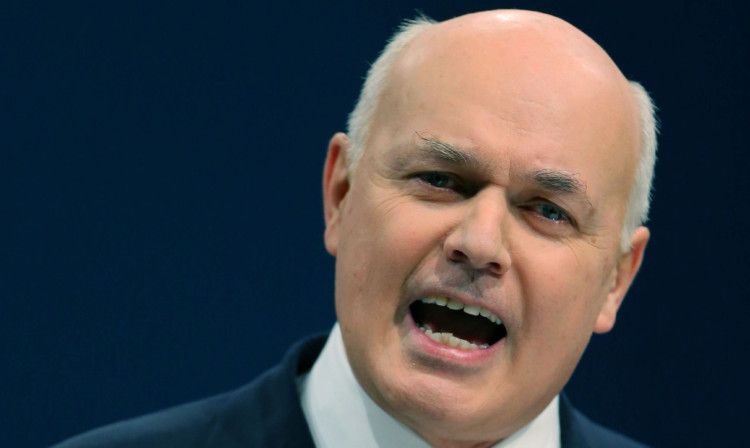Nearly a thousand households in Scotland have had their benefits capped to ensure they do not receive more than an average working home, the Work and Pensions Secretary has announced.
Some 977 household welfare incomes were capped in Scotland between April and October, Iain Duncan Smith revealed.
Benefits have been capped at £26,000 a year for couples and single parents, and £18,200 for single adults who do not care for children.
The cap for couples and single parents is equivalent to a £35,000 annual salary after tax, according to the Department of Work and Pensions (DWP).
Mr Duncan Smith said: “These figures highlight our commitment to support those who want to work hard and get on and to end benefit dependency.
“We had to fix the broken welfare system. The benefit cap means claimants no longer receive more in benefits than hard-working households’ average earnings and Universal Credit ensures being in work pays, making the welfare system fair for claimants and the taxpayer that funds it.”
A total of 28,500 UK households had their benefits capped by October 2013, according to the DWP.
Around 3.5% of capped claimants were in Scotland, which is home to around 8% of the UK’s total population suggesting the number of high benefit claimants was proportionately lower north of the border.
Nearly a fifth (187) of capped claimants were from Edinburgh, closely followed by Glasgow with 153, while Scotland’s third most populous area Fife had 73 capped claimants.
Dundee had 46 capped claimants, the same as South Lanarkshire which has twice Dundee’s population, while Clackmannanshire, Scotland’s smallest inland locality, was also high on the list with the same number of capped claimants as West Lothian (40), which has over three times Clacks’ population.
